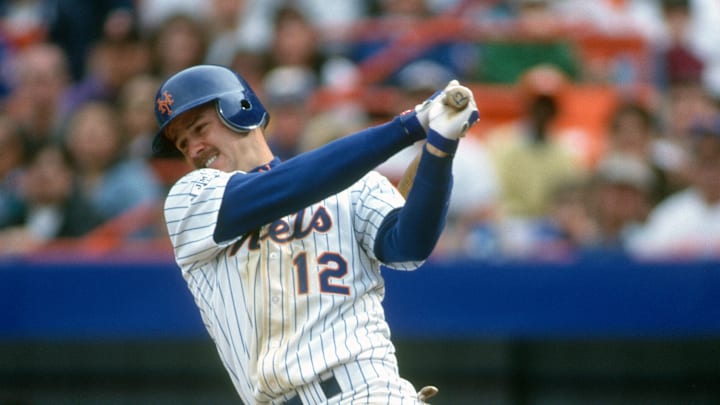What does it mean to get to the Hall of Fame? And why are three one-time New York Mets – Billy Wagner, Keith Hernandez, and Jeff Kent – all getting snubbed?
The words “prolific,” “dominant,” “special,” all would seem to be a part of the descriptive narrative about any player. They would certainly have to be a “stand out” at their position…in the sport…during their era.
So who does that describe?
There are benchmarks. Who came up with these numbers – 3,000 hits, 500 home runs, 300 wins? What do they actually mean? And should those arbitrary numbers be relevant for everyone?
Obviously…they’re not.
These 3 Mets players have a strong case for the Hall of Fame
Let’s take a look at two guys who started out in Brooklyn. Sandy Koufax and Don Drysdale. Two of the most dominating starting pitchers…the most feared pitching duo in history. Neither got to that hallowed mark of 300 wins.
Drysdale not only didn’t get to 300 wins…he was almost 100 wins away from that total with 209. He didn’t get to 3,000 strikeouts…he didn’t even eclipse 2,500. Drysdale, who collected one Cy Young Award, threw a record six consecutive complete game shutouts and 58 2/3 consecutive scoreless innings (since topped by Orel Hershiser) in 1968. He retired at the age of 32 after suffering a torn rotator cuff halfway through the following season, and was elected 15 years later in 1984.
Koufax is even more curious. He, too, didn’t achieve 300 wins. Heck, he didn’t even get to 200…not even close. He finished his career with 165 wins. He, too, didn’t get to 3,000 strikeouts…he didn’t even eclipse 2,500. Koufax, who won three Cy Young Awards and one MVP Award, threw four no-hitters including one perfect game. He retired at the age of 30, after suffering from arthritis in his elbow, and was the youngest player ever elected five years later in 1972.
Drysdale was a bit more consistent of the two, having some success early on. However, Koufax was nothing special for the first seven years of his career and, then, suddenly, emerged as some kind of super human freak…becoming the most dominant pitcher in the game. The two teamed up to become the best righty-lefty one-two punch in history, if only for five years.
So when you are talking about Hall of Fame caliber players, I have always wondered how players like Dick Allen, Dale Murphy, and Tommy John are on the outside looking in. Their numbers are not only comparable to some of their contemporaries in the Hall, but they are, in a lot of cases, better. So they didn’t get to those “arbitrary” benchmarks, but neither did a host of the members already elected.
I saw each of them play, and I strongly believe that Allen, Murphy, and John are all well-deserving of Hall of Fame honors, as are the one-time New York Mets - Hernandez, Kent, and Wagner.
